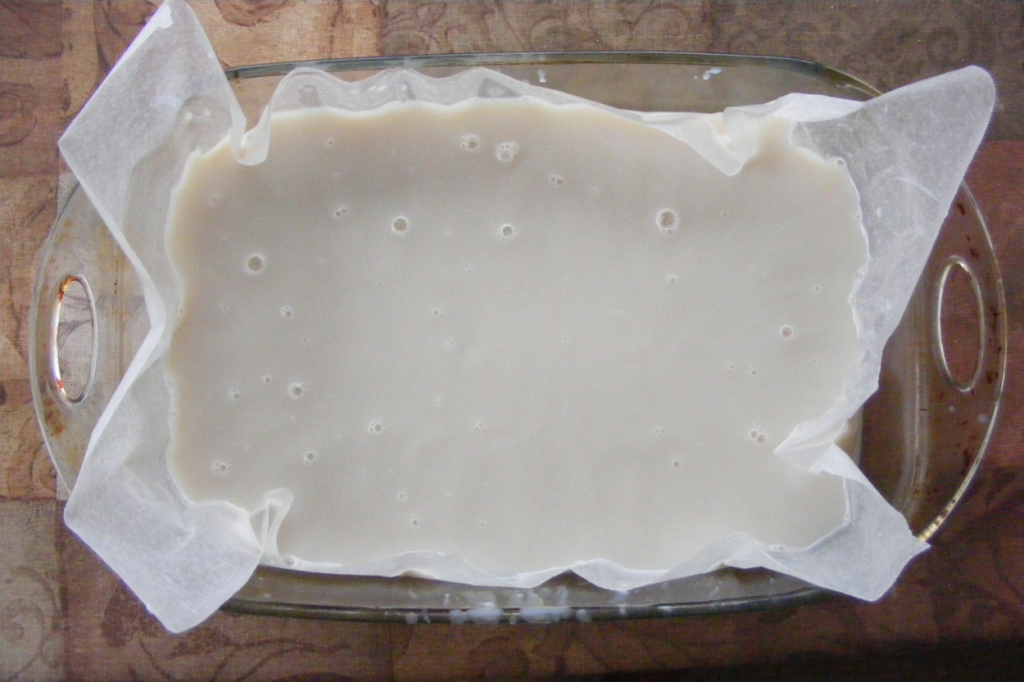Starting February 15, 2022, we will no longer purchase or eat any food from the grocery store (except salt & baking powder). Instead, we are choosing to experience what it is like to raise and forage for all of our food. This means EVERYTHING: flour, oil, honey, spices, cheese, fruits, nuts - Follow our journey and learn about feeding yourselves

Rendering lard is the process by which one transforms glops of animal fat (which come from the animal intertwined with other animal tissue) into pure fat which is not only more uniform, but also able to withstand storage for a lot longer. The process is surprisingly simple.
Lard is the fat from pigs, and tallow most often refers to beef or cow fat, although I've also rendered lots of fat from my goats, and find it to be surprisingly tasty as well.
Isn't animal fat unhealthy?
Eating as much as we can from our farm and foraged food does allow for sunflower oil and pecan oil, but animal fat is also available and relatively easy to procure. Processed food contains a lot of hydrogenated fats, which are less healthy than animal fat from grass-fed or pastured animals. Also, prior to this year, we ate a lot of butter. A LOT. From the store (from grain-fed cattle). Maybe I'm rationalizing my current dietary choices, but now that I'm eating lard and tallow on the regular (daily), I'm not weary about eating it. Grain-fed butter is totally out of my diet, as is all hydrogenated fat, so if I fry my eggs in lard (which is delicious, by the way) or put tallow in a pie crust instead of butter, my dietitian self is unconcerned. If you're choosing to buy olive oil or other healthy oils from the store - and there is no reason you shouldn't - then I'm not advocating switching to lard. But if you're making a choice between homemade cookies with tallow or store-bought; well, I'd go for the former.
Aside from my personal biases, scientific studies confirm that the fatty acid profile of food products from grass-fed animals is much healthier - lower in the bad fats and higher in the healthy ones. See for yourself:
And last, there is the health of your body, and also the health of the planet. If I can get fat from my farm and not have other people raise it and transport it thousands of miles, then I feel even better about my lard-laced eggs. And no palm trees were destroyed in the process. Okay, I'm now off of my soap box.
Well, there are options
If you use the kidney fat, you get a better yield. There is less connective tissue mixed in with this fat, and the quality of the fat rendered is also superior.
The process is nearly the same whether the fat is from your own animal or a purchased kidney, and whether from a pig, cow or goat.
Once you have gathered the fat:

Starting February 15, 2022, we will no longer purchase or eat any food from the grocery store (except salt & baking powder). Instead, we are choosing to experience what it is like to raise and forage for all of our food. This means EVERYTHING: flour, oil, honey, spices, cheese, fruits, nuts - Follow our journey and learn about feeding yourselves
RESOURCE
Copyright © 2024 Barefoot Farm
Terms & Condition . Services . Careers
